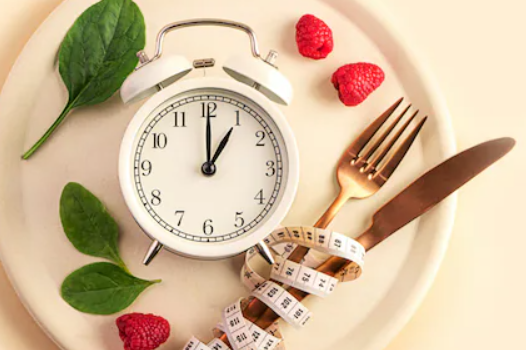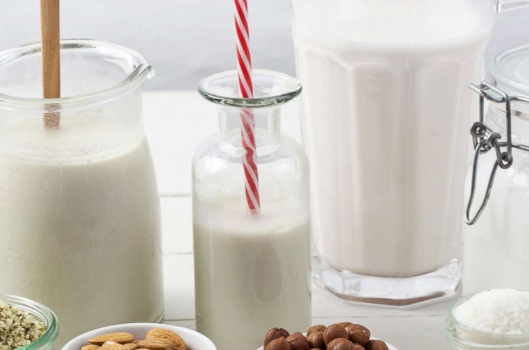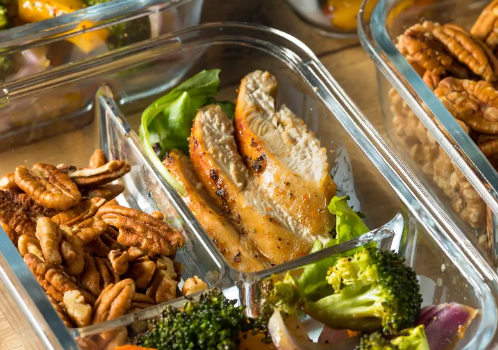
Losing weight can be a difficult journey, especially when you’re trying to maintain a balance between a healthy diet and your lifestyle. For many people, weight loss isn’t just about looking better; it’s about improving overall health. Intermittent fasting (IF) has gained popularity as an effective method for achieving both weight loss and health benefits. If you’re considering this approach, it’s important to first consult with a healthcare provider to determine if intermittent fasting is the right solution for you.
What is Intermittent Fasting?
Intermittent fasting isn’t a traditional diet, but rather an eating pattern that alternates between periods of eating and fasting. Instead of focusing on what you eat, it emphasizes when you eat. During fasting periods, you abstain from food, and during eating periods, you consume your meals as usual. Popular IF methods include fasting for 16-24 hours at a time, either intermittently throughout the week or daily.
Some common intermittent fasting schedules are:
- The 5:2 Diet: This method involves eating normally for five days of the week and restricting calorie intake to 500-600 calories for the remaining two non-consecutive days.
- The 16/8 Method: Here, you limit your eating window to 8 hours, such as from 8 AM to 4 PM or noon to 8 PM, and fast for the other 16 hours of the day.
- Eat-Stop-Eat: This approach involves fasting for a full 24 hours, once or twice a week. For example, you would stop eating after dinner one day and resume eating at dinner the next day.
When practiced correctly, intermittent fasting can help with weight loss, especially when combined with a healthy diet that avoids high-fat or sugary foods. Many people find the 16/8 method particularly easy to incorporate into their routines.
Why Choose Fasting Over Just Eating Healthier Foods?
Research has shown that intermittent fasting, especially the 16/8 method, can help lower insulin levels, a crucial factor in weight loss. In a study by the University of Alabama, participants who fasted for 16 hours daily experienced lower insulin levels and reduced blood pressure. These benefits suggest that intermittent fasting not only helps with weight loss but also contributes to overall health improvement, such as better cardiovascular health and blood sugar regulation.
One of the most significant findings is that intermittent fasting can help reduce appetite, making it easier for individuals to stick to their weight loss goals without feeling constantly hungry.
The Role of Insulin in Weight Loss
Insulin plays a key role in the body’s ability to store fat. When you eat, particularly foods high in carbohydrates, the body breaks them down into sugar, which enters your bloodstream. Insulin is then released to help cells absorb this sugar for energy. However, when you consume more carbohydrates than your body needs, insulin stores the excess sugar as fat.
Fasting helps lower insulin levels, preventing the body from storing fat. With less insulin present, your body releases the sugar stored in fat cells for energy, leading to weight loss.
Health Benefits of Intermittent Fasting
Beyond weight loss, intermittent fasting offers a range of health benefits:
- Reduced blood pressure and cholesterol levels
- Hormonal changes that promote fat burning
- Decreased waist size and loss of belly fat
- Boosted metabolism, increasing calorie burn
- Reduced appetite, leading to a decrease in overall calorie intake
- Less muscle loss compared to continuous calorie-restricted diets
- Improved brain health, with potential protection against Alzheimer’s disease
It’s essential to focus on making healthy food choices during your eating windows. This not only supports weight loss but also contributes to long-term health benefits, including a longer, more fulfilling life.
Final Thoughts on Intermittent Fasting
Intermittent fasting can be an effective method for losing weight and improving overall health. By focusing on when you eat rather than what you eat, this eating pattern helps lower insulin levels, promote fat loss, and bring other health benefits. To maximize success, pair intermittent fasting with a balanced diet, regular exercise, and proper hydration. If you’re thinking about giving it a try, make sure to consult a healthcare professional to ensure it’s the right fit for you.


















